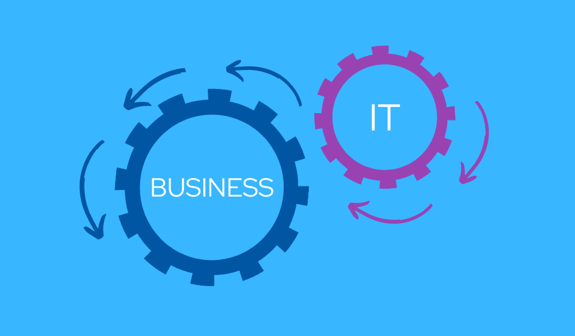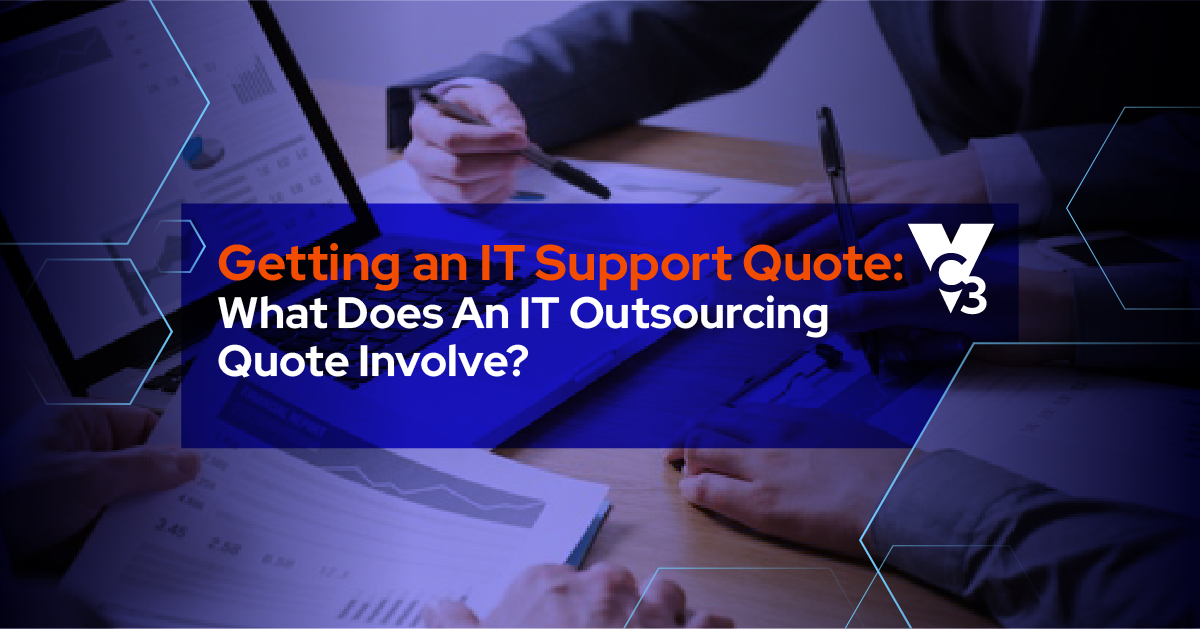 Kevin Howarth, Communications Manager
Kevin Howarth, Communications Manager
IT alignment is one of those overused terms in the information technology world. When a small or midsize business hears that term, they might scoff, shake their head, and move on to a less technical-sounding problem.
But IT alignment is necessary. You invest in IT. What is that investment doing? Helping you? Or hindering you?
Ideally, IT needs to align with your business objectives. Whether you have revenue goals to meet, new products to launch, or operational efficiencies you must attain to help you save money, IT needs to be aligned with those goals. If it’s not aligned, then either an underinvestment or poor usage of your investments can interfere with your business objectives.
Ultimately, IT alignment leverages a set of benchmarks and standards to best help you use technology to benefit different areas of your business. Whether making sure you have a disaster recovery plan in case of an emergency or enhancing your online capabilities to serve customers, strong IT alignment ensures you question, review, and update all aspects of your IT infrastructure.
Why is IT Alignment important?
When your IT environment is compared to a set of benchmarks and standards, you are able to maximize its use and investment. Some benefits include:
- Fewer technical issues: Proactively monitoring, maintaining, and supporting your IT environment reduces the number of technical issues that slow down operations. You are able to proactively fix issues before they can turn into larger or more noticeable crises.
- Streamlined support: A 24/7 helpdesk with experienced IT engineers can help you resolve issues more quickly and lead to quicker ticket response times.
- Clearer business strategy: Discussing business objectives and IT together allows you to explore solutions, enhance products, and see opportunities that will help you better serve customers and achieve ambitious goals more efficiently.
How do you achieve IT alignment?
If you currently feel your business objectives are not aligned with your IT, here are some ways you can move forward.
1. Business decision makers need to drive IT strategy.
But business decision makers aren’t IT experts! Exactly. Your objectives and requirements come first—and the IT strategy needs to be based on those. Otherwise, what is IT doing?
2. An IT strategist needs to collaborate with your business while challenged to produce business value with IT.
This might be a serious mindset shift—especially if you’ve traditionally underinvested in IT or if your IT department (or vendor) has worked in a siloed fashion. They need to understand your business objectives and then create an IT strategy that enhances your plan.
3. You need to perform an IT assessment based on your business objectives.
This assessment includes an asset inventory to examine the ROI of your IT, identify gaps, and look for opportunities to find technology solutions that may enhance or accelerate your business objectives.
4. Your assessment should also look for serious issues and challenges.
Those challenges might include a lack of responsive IT support, poor customer service, or an unreliable website. Basically, you’re looking for problematic IT areas that currently inhibit or throttle your business objectives.
5. Enact your IT alignment plan with continued collaboration between the business and IT.
Whether you have IT staff or use a managed service provider, you need to collaborate going forward—ensuring that IT supports your business objectives, problems are resolved, and opportunities are identified.
VC3’s virtual CIOs can help provide small and midsize businesses IT alignment because we understand how IT connects to business objectives. If you'd like to learn more about our managed services or simply need help determining the optimal solution for you, fill out the form below.





